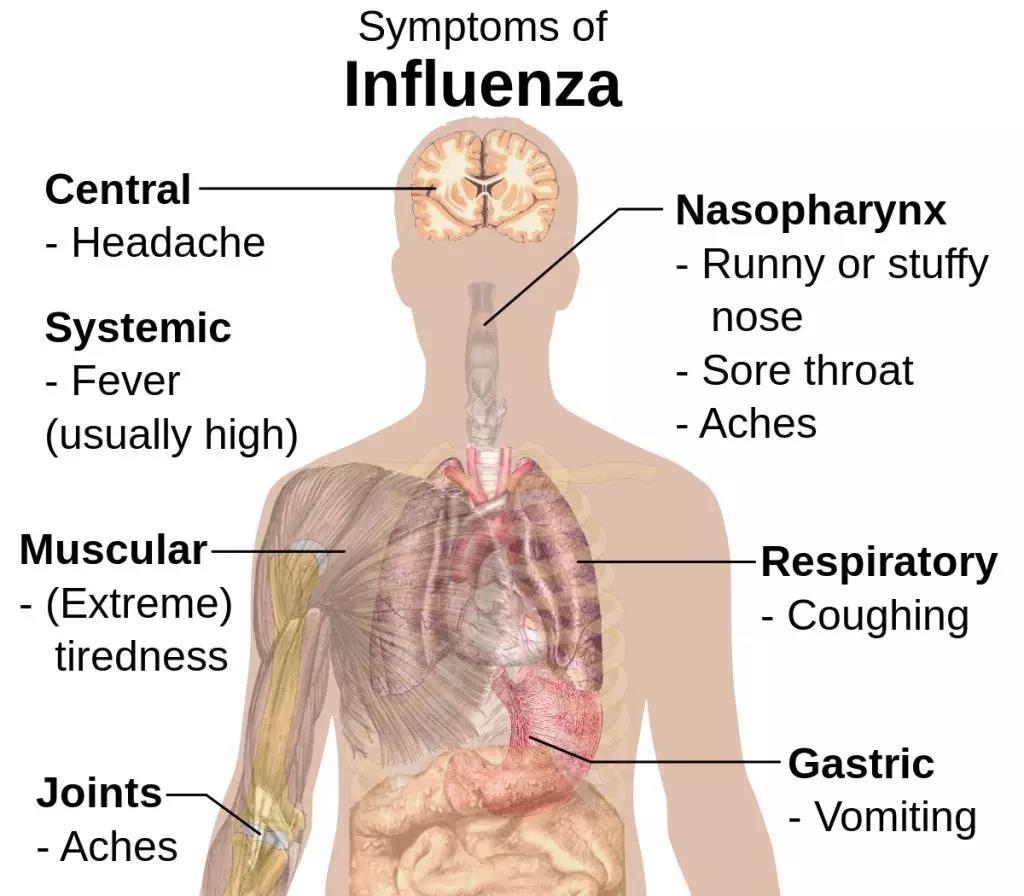
Solutions
Innovation determines the future. QT BIO focuses on the research and development and application of isothermal nucleic acid amplification technology and has RAA technology patent authorization. Committed to creating a precise, efficient, fast, and portable nucleic acid detection platform.
Rapid detection of influenza A virus using RT-RAA
Release Time:
2024-03-29
Influenza (flu) is a seasonal acute upper respiratory tract infection caused by influenza viruses. It is highly contagious and spreads rapidly, primarily through airborne droplets, person-to-person contact, or contact with contaminated objects. Typical clinical symptoms may include fever, chills, headache, muscle aches, and dry cough. Influenza has a high incidence rate every year, with peak periods generally in autumn and winter. Severe cases can be fatal. Because it can pose a significant threat to high-risk groups such as infants and the elderly, the World Health Organization (WHO) has included it in the category of globally monitored diseases.

Common symptoms of influenza
Influenza viruses, also known as flu viruses, are RNA viruses. They are spherical or filamentous, with a diameter between 80 nm and 120 nm. They are classified into three types: A, B, and C. These three types have similar biochemical and biological characteristics. Influenza viruses have a lipid membrane, with proteins on the membrane composed of hemagglutinin (H) and neuraminidase (N), both of which are antigenic and prone to mutation. Type A influenza viruses mainly have H and N variations. There are 16 subtypes of H and 9 subtypes of N. Therefore, type A influenza viruses are further divided into many subtypes. Common subtypes in recent years include H1N1 and H7N9.
Influenza Virus Structure
Given its harmfulness, establishing a method for the rapid and accurate detection of type A influenza viruses is essential for the clinical diagnosis and timely and effective treatment of influenza patients. This can also provide a predictive role in the global influenza pandemic trend.
The RT-RAA method couples reverse transcriptase with a recombinase aided amplification (RAA) system to achieve rapid amplification of RNA samples, representing a novel nucleic acid amplification technology.
In the detection of type A influenza viruses, reverse transcriptase from retroviruses first converts the nucleic acid of type A influenza viruses from RNA single strand to DNA double strand through reverse transcription. Subsequently, under the combined action of recombinase, single-strand DNA-binding protein, and DNA polymerase, the DNA double strand completes the processes of denaturation, primer pairing, and extension.
Studies have shown that using the RT-RAA method, along with the QT-RAA-F6100 detection instrument independently developed by Qitian Gene, can achieve rapid and specific detection of type A influenza viruses under isothermal conditions (37-42℃).
Reference: Chen Shudan, Luo Peng, Zhang Xiaoping, et al. Study on rapid detection method of type A influenza virus by reverse transcription recombinase-aided amplification[J]. Chinese Journal of Hospital Infection, 2018(5).
Note: All images are reproduced from the internet
Next
QT Biotech Co., Ltd.
Tel: +86-510-85385531
Mobile: +86-18921157475
Email: qt@qt-bio.com
Website: www.qt-bio.com
Address: No. 97, Xingye Building B, Linghu Avenue, Xiwu District, Wuxi City
Racing against time, guarding life safety

WeChat Account

Official Public Account

